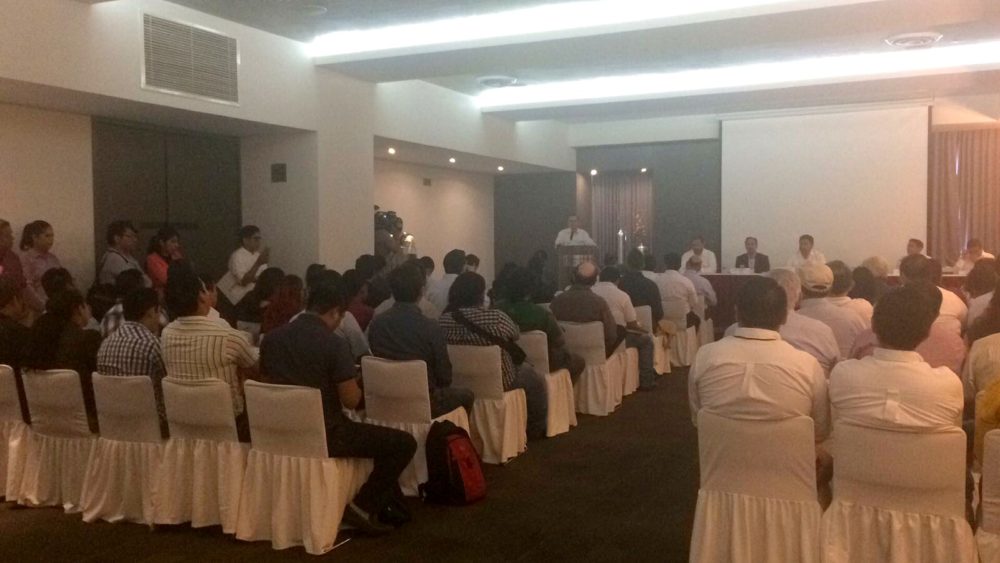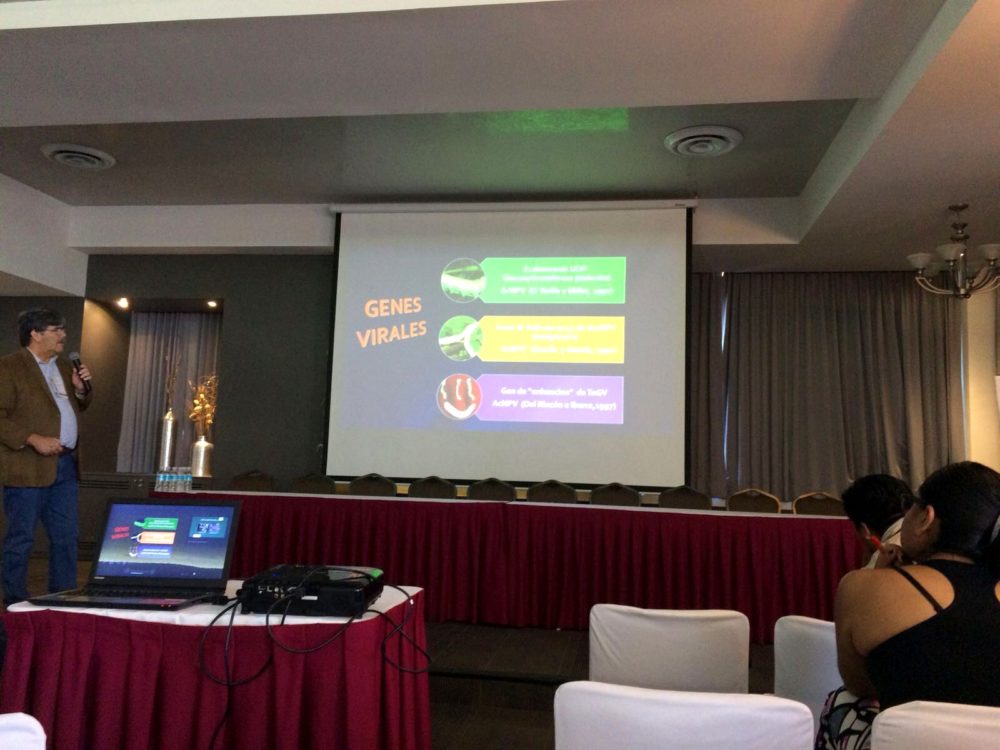
Did you know that the little ladybug could be one of the best friends you ever have in your garden?
Known for their love of aphids, a single ladybug is capable of consuming up to 50 to 60 aphids per day but will also eat a variety of other insects and larvae including scales, mealy bugs, leaf hoppers, mites, and various types of soft-bodied insects.
“I propagate ladybugs to control aphids and stop them eating the plants here in Cricket Square.”
The Brasserie’s head gardener who is also a qualified biologist, Aide Lopez, speaks animatedly about her recent visit to Mexico City to attend the National Congress of Biological Control.
Biological control is an environmentally sound and effective means of reducing or mitigating pests and pest effects through the use of natural enemies. It’s a sustainable and environmentally compatible pest management system, that avoids using pesticides.
“An example is the use of bamboo sticks to join one plant to the next like mini bridges, allowing ants to move from one leafy green to the next, foraging on nuisance insects.”
Some vegetables, herbs and flowers benefit each other by improving soil, while others deter pests from one another. Companion planting, another technique that Aide has implemented in the organic vegetable gardens, provides a fascinating blueprint for a higher garden yield.
“Eggplants and tomatoes are from the same family and therefore they will attract the same pests, creating an even bigger problem than if they were planted on their own. Some plants repel insect pests with their scent. Aroma can also be used to mask the scent of your main crop, effectively hiding them from predators.
“Corn and beans work well together. The beans break down the nitrogen, helping the corn to soak up this element in the soil.”
Beauveria bassiana is a fungus that grows naturally in soils throughout the world and also acts as a parasite on various arthropod species; therefore used as a biological insecticide to control a number of pests such as termites, thrips and whiteflies.
Next time you walk through Cricket Square or find yourself in The Brasserie’s greenhouse, look around, and see nature at work doing what it does best!


